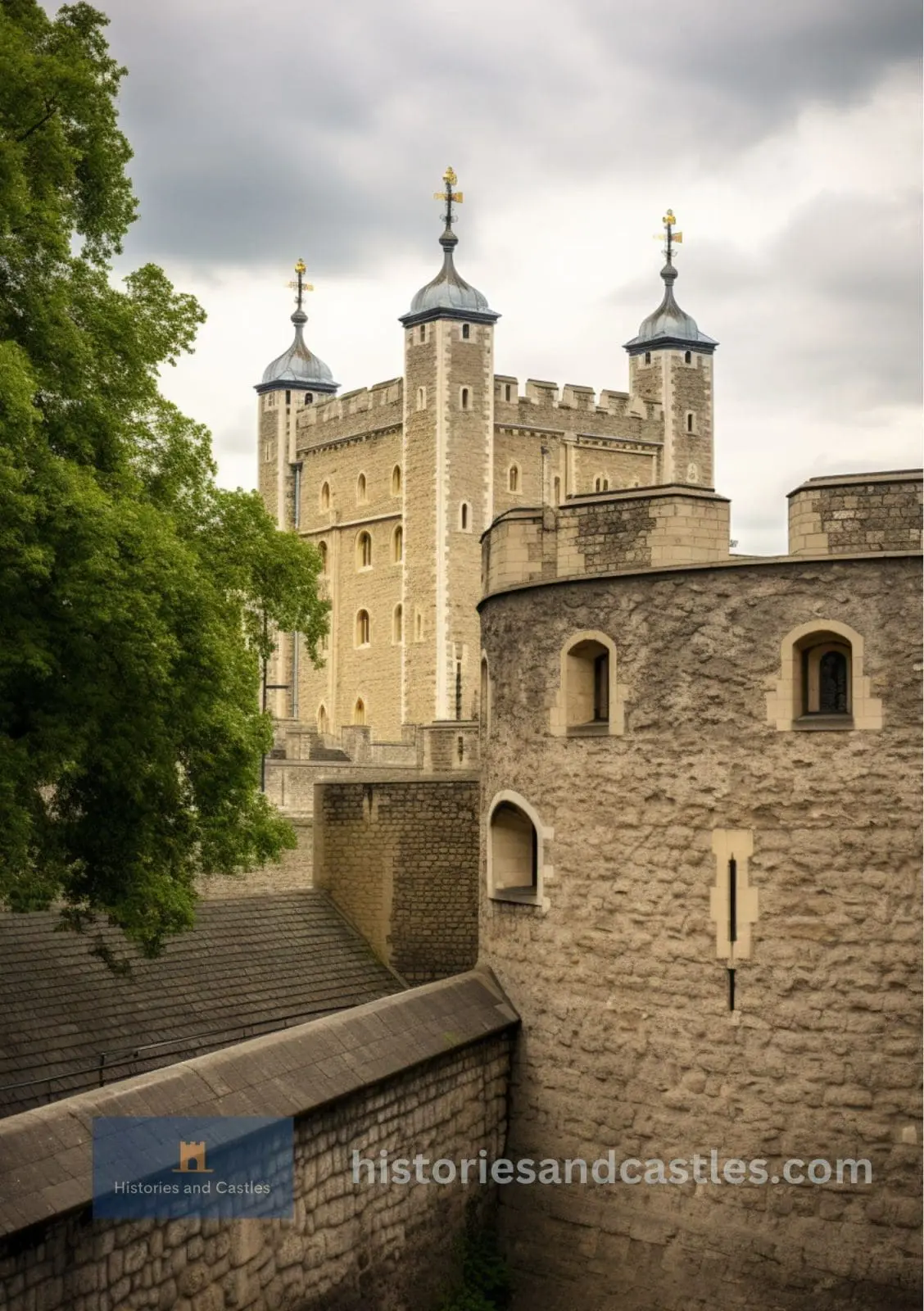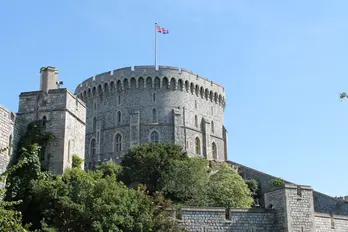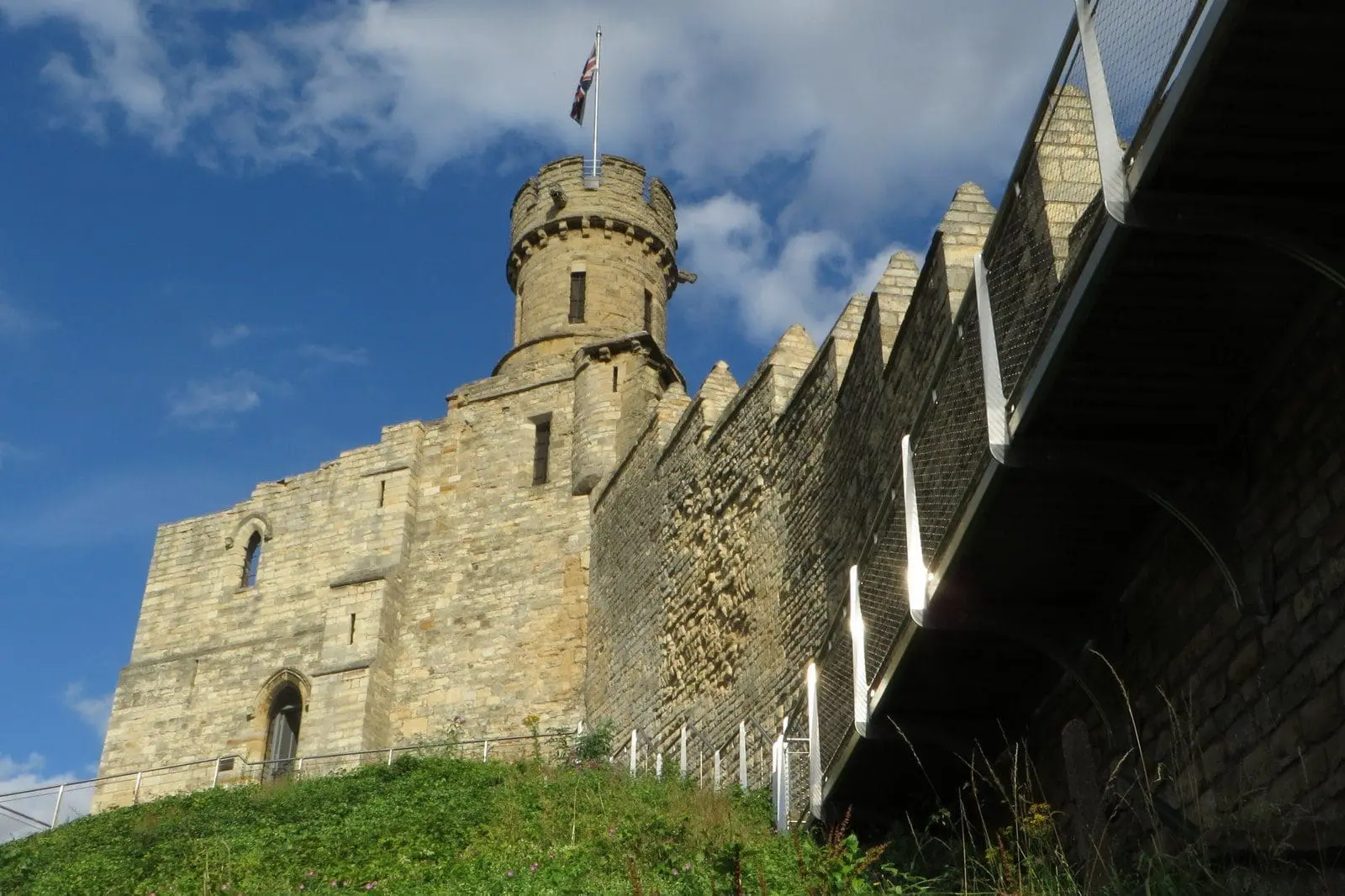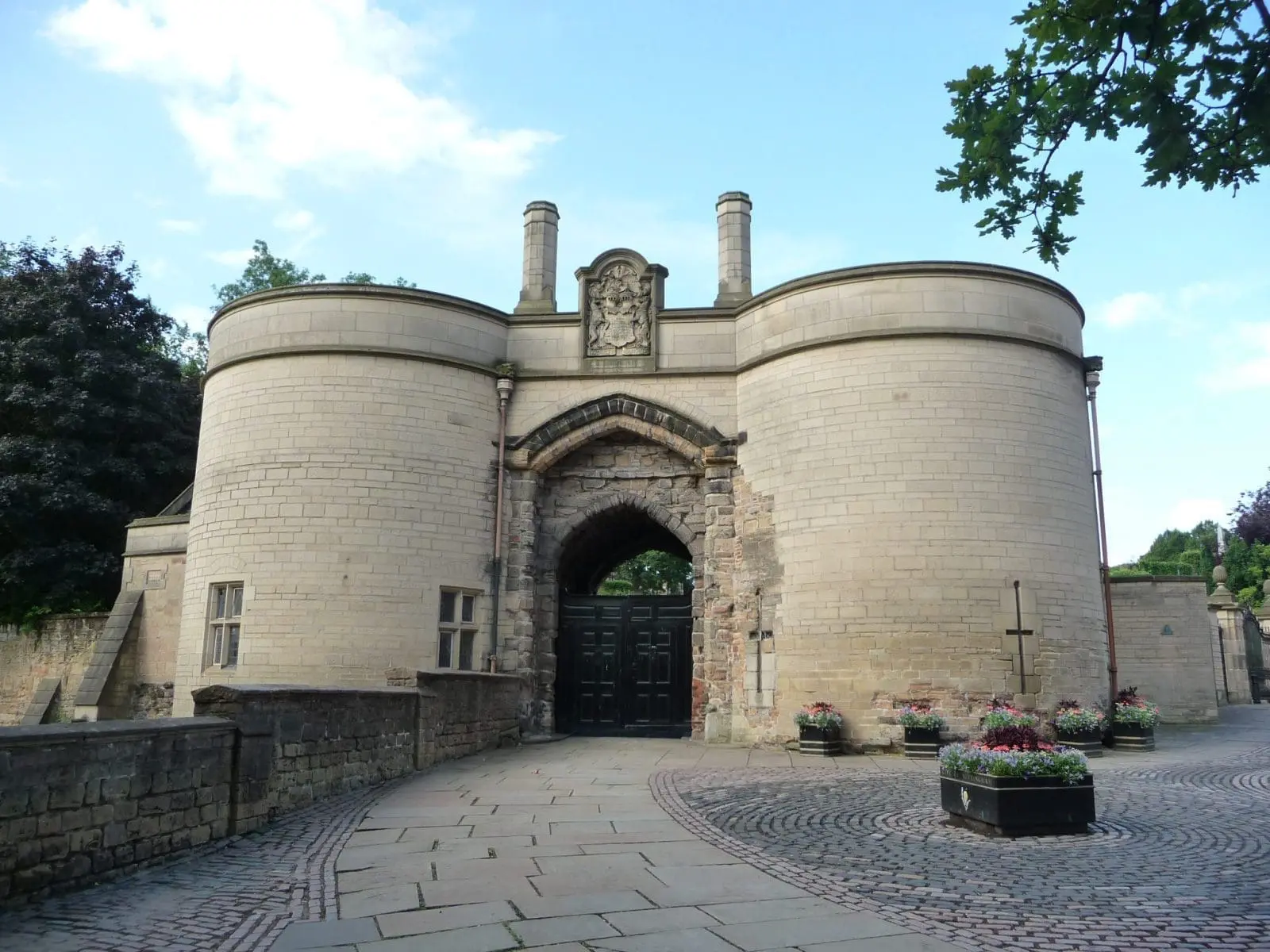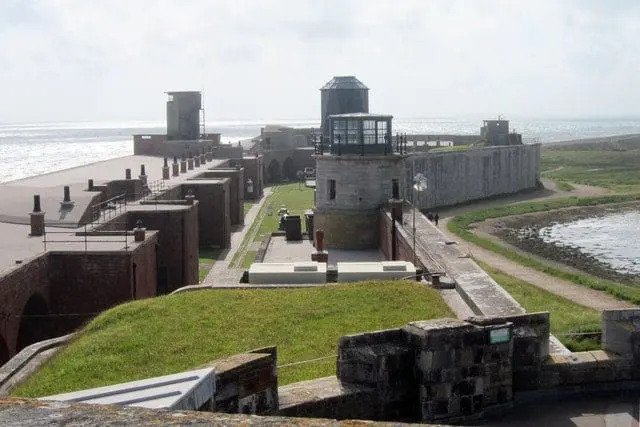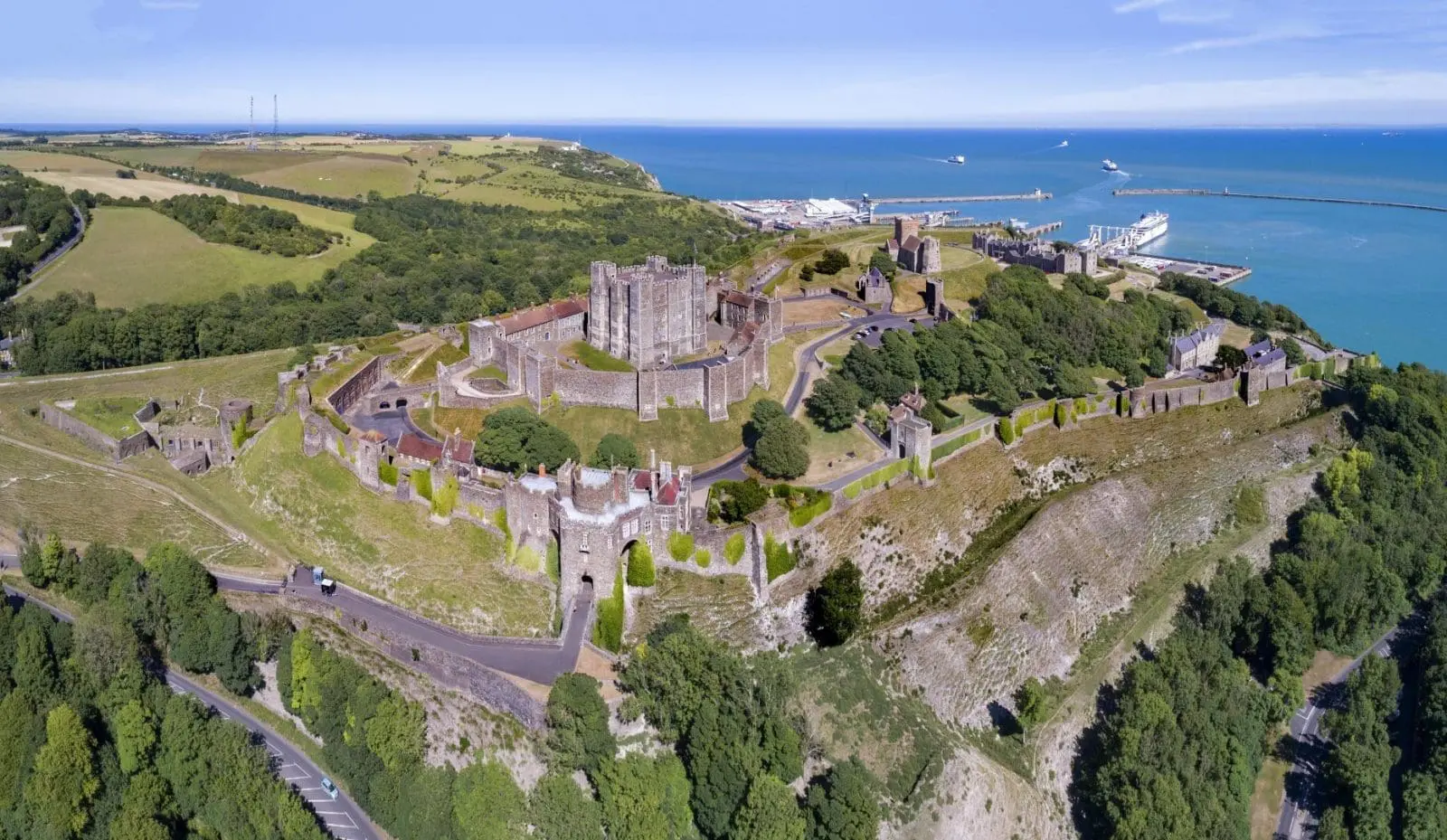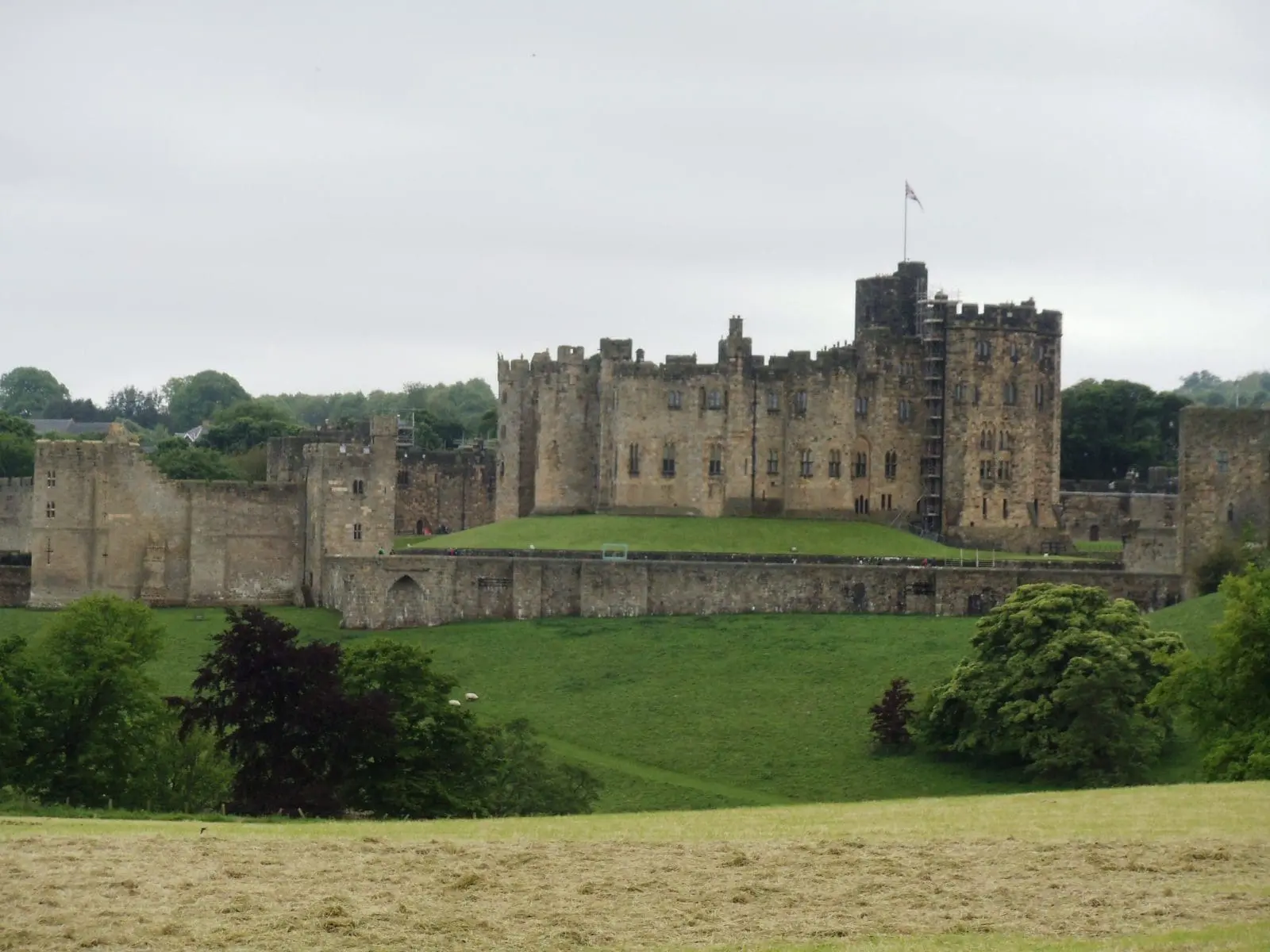Your basket is currently empty!
english castle
-

Leeds Castle
Leeds Castle is more than just a beautiful building; it is a living piece of history…
-

Norwich Castle
Norwich Castle, located in the heart of the city of Norwich, is one of England’s most…
-

Castles of Conflict: Fortresses of the Anarchy Era in England
Civil war placed huge pressure on existing castle defenses and fuelled intense innovation in military architecture.
-

The Tower of London
While many castles boast a history of kings and queens, the Tower of London has been…
-

Windsor Castle
Explore how Windsor Castle evolved through the medieval era to its transformation into the architectural marvel…
-

Lincoln Castle
Lincoln Castle is a major Norman castle in Lincolnshire, England with a history dating back to…
-

Nottingham Castle
Perched atop a sandstone outcrop overlooking the city, Nottingham Castle has been a focal point of…
-

Hurst Castle
Perched on a shingle spit overlooking the Solent in Hampshire, Hurst Castle is one of the…
-

Dover Castle
Dover Castle was founded in the 1160s under Henry II, who greatly expanded it into a…
-

Alnwick Castle
Alnwick Castle has withstood sieges, hosted kings and queens, and remains the ancestral home of the…


